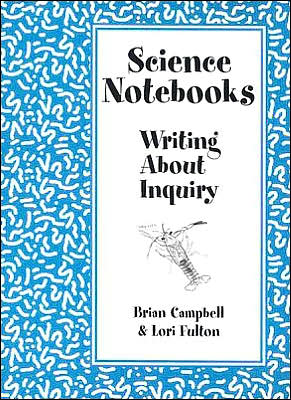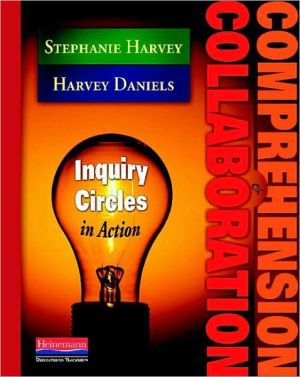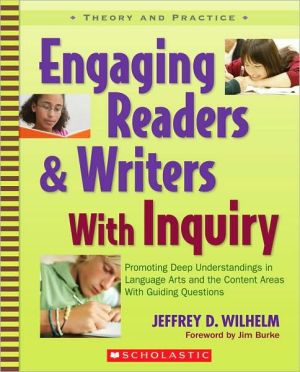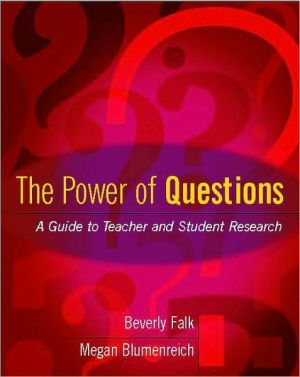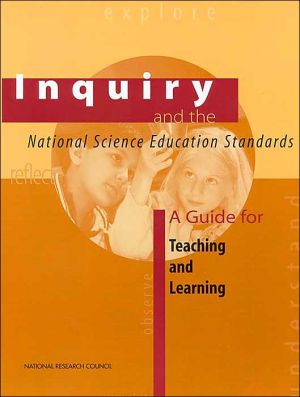Science Notebooks: Writing About Inquiry
Use science notebooks and watch as your students write as scientists do, share their thinking, support their ideas with evidence, and improve their literacy through reading, writing, and speaking.
Search in google:
From Galileo to scientists working on cloning, notebooks have been used to document scientific discovery. Science notebooks are also effective tools in the classroom. They make science experiences more meaningful and authentic for students as they observe, record, and reflect on what they've learned. For time-strapped teachers, notebooks offer a natural way to integrate science and language arts.Brian Campbell and Lori Fulton spent four years investigating the use of science notebooks by students, teachers, and practicing scientists. This book not only details what they learned, it serves as a ready resource of strategies and methods for teachers to incorporate science notebooks into their school day. Along the way, the book intersperses additional help: Classroom vignettes demonstrate how science notebooks actually function in class. Student samples allow readers to see student entries at a variety of levels. Thinking points throughout link ideas presented in the book to practice and philosophical beliefs. Connections to standards--both the National Science Education Standards and the Standards for the English Language Arts - reinforce the rationale for using science notebooks to develop scientific concepts AND literacy. Use science notebooks and watch as your students write as scientists do, share their thinking, support their ideas with evidence, and improve their literacy through reading, writing, and speaking.
ForewordIntroduction11The Role of the Teacher52Elements of a Science Notebook253Signs of Student Progress484Discussions with Two Scientists575Scientific Content and Process Connections646Literacy Connections73Appendix83Bibliography93
